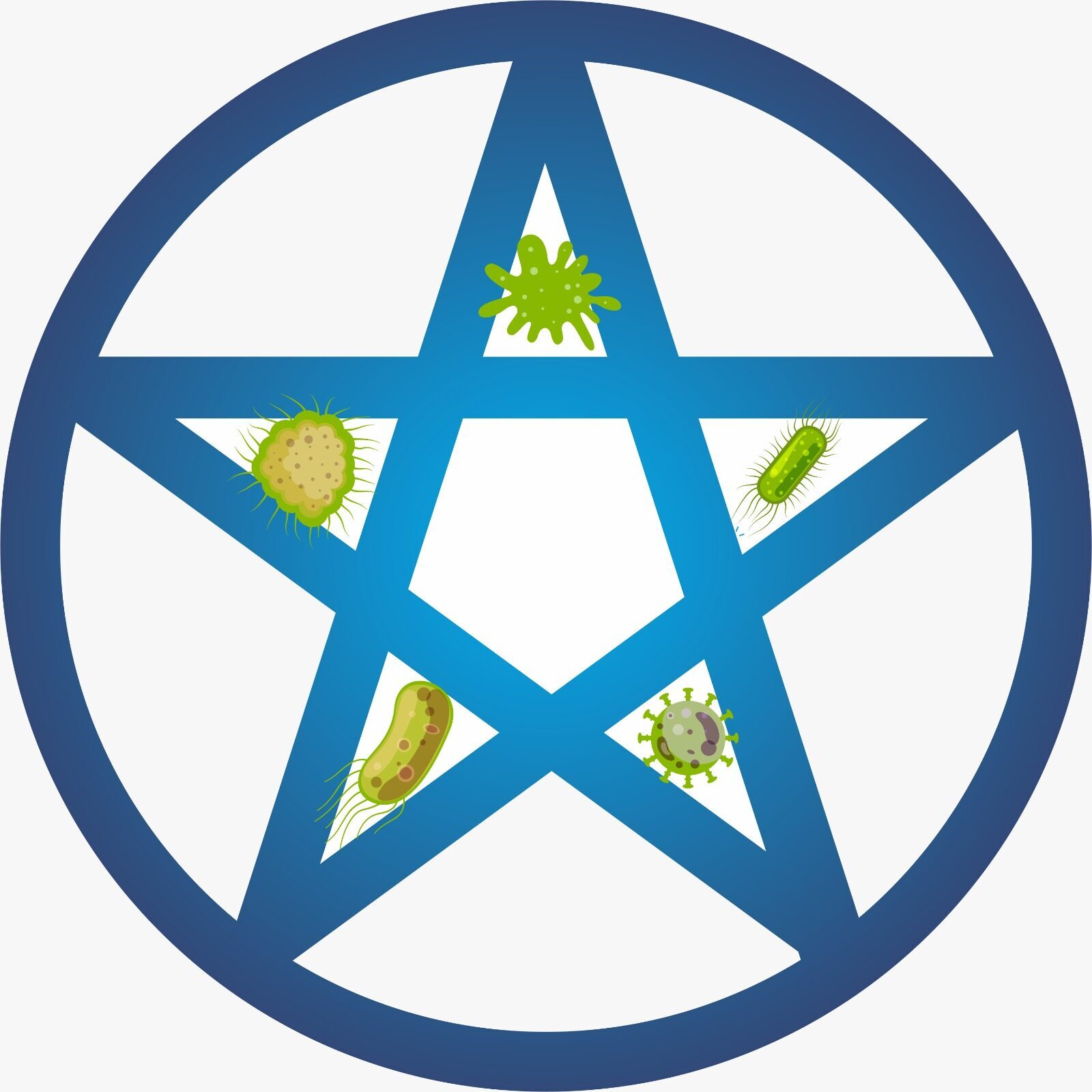Full-Text
Stye is the bacterial infection of an eye [1] in which the oil gland of the eye is affected. Staphylococcus causes the disease under study [2]. This bacteria is commonly present on the skin [3] and it can be transferred to the eyes through shared personal items or by touching the eyes with unwashed hands. The disease is also called as hordeolum. It causes suffering to the eye. In a village Naigaon, tehsil Haveli, district Pune, Maharashtra, India, a 20 years old female with 54 kg weight developed a stye to her lower part of eye (figure 1). The patient reported a burning sensation and a red, swollen area, pain while blinking as well as gritty sensation in the eye on 12 May 2024. In addition, the eyelid showed a red, swollen area with a pustule, resembling a small boil. The condition was identified as an inflamed oil gland. The patient had a history of recurrent styes and prolonged exposure to screens of mobiles and laptops. Additionally, she had a habit of not washing her face before sleeping.The treatment started on 14 May 2024. The patient started to wash her eyelashes with warm water using a clean cotton cloth and applying the flour of the Cicer arietinum (figure 2) on the eyelid for 10-15 minutes, two to three times, a day. The milky resin from the stem helps reduce swelling and pain. On 16 May 2024, the patient reported significant improvement. The swelling had reduced, and the pain had subsided. She was advised to continue washing the eyelid with warm water to prevent recurrence of the disease. The patient recovered completely on 18 May 2024 (figure 3). This case highlights the importance of Cicer arietinum flour and proper hygiene in treating the styes. With appropriate treatment, such infections can be controlled.
